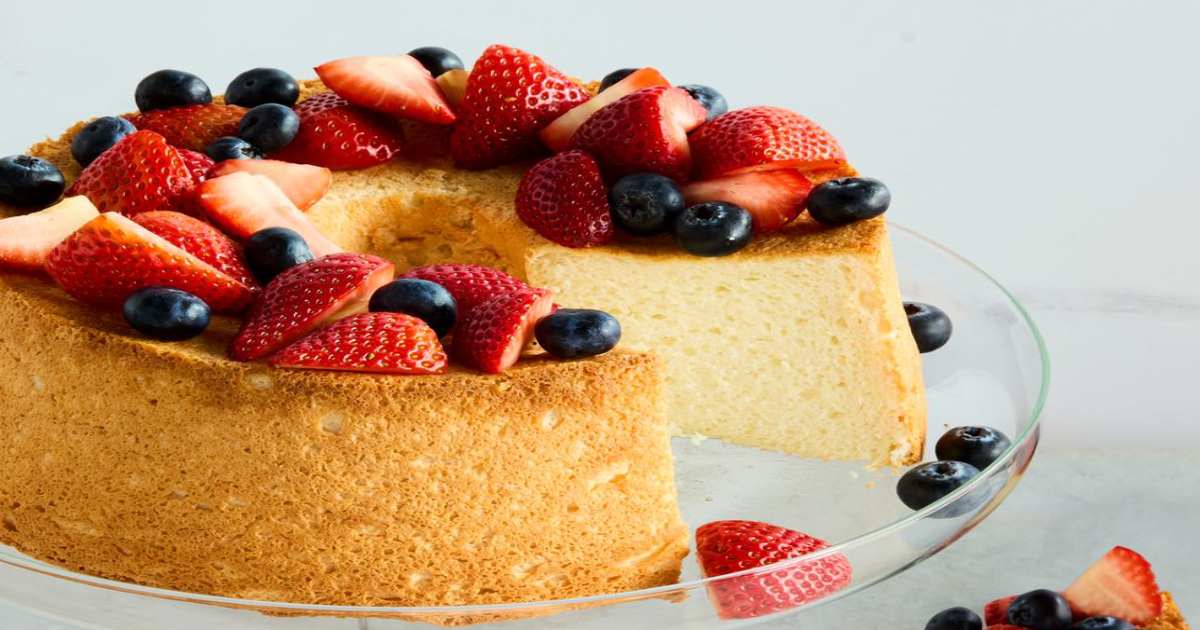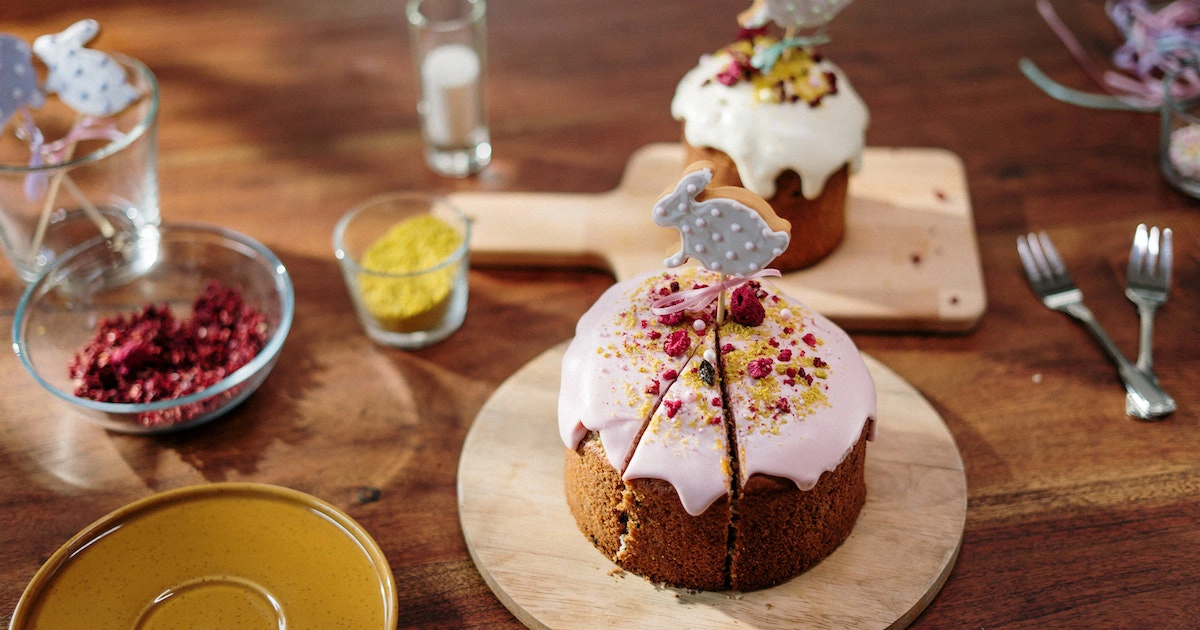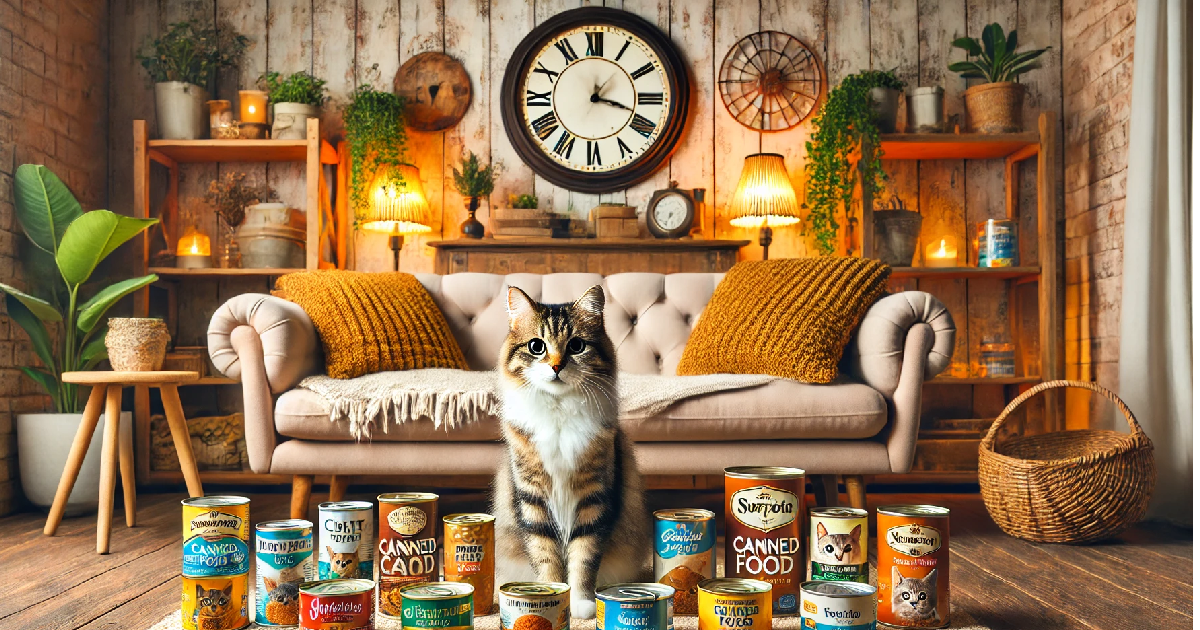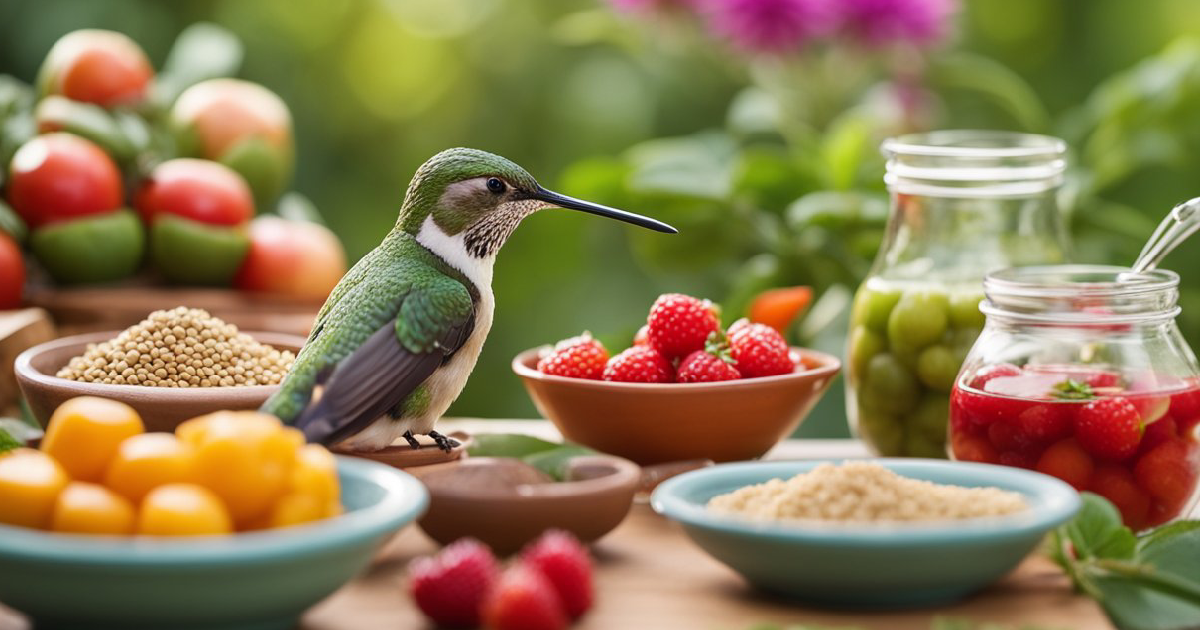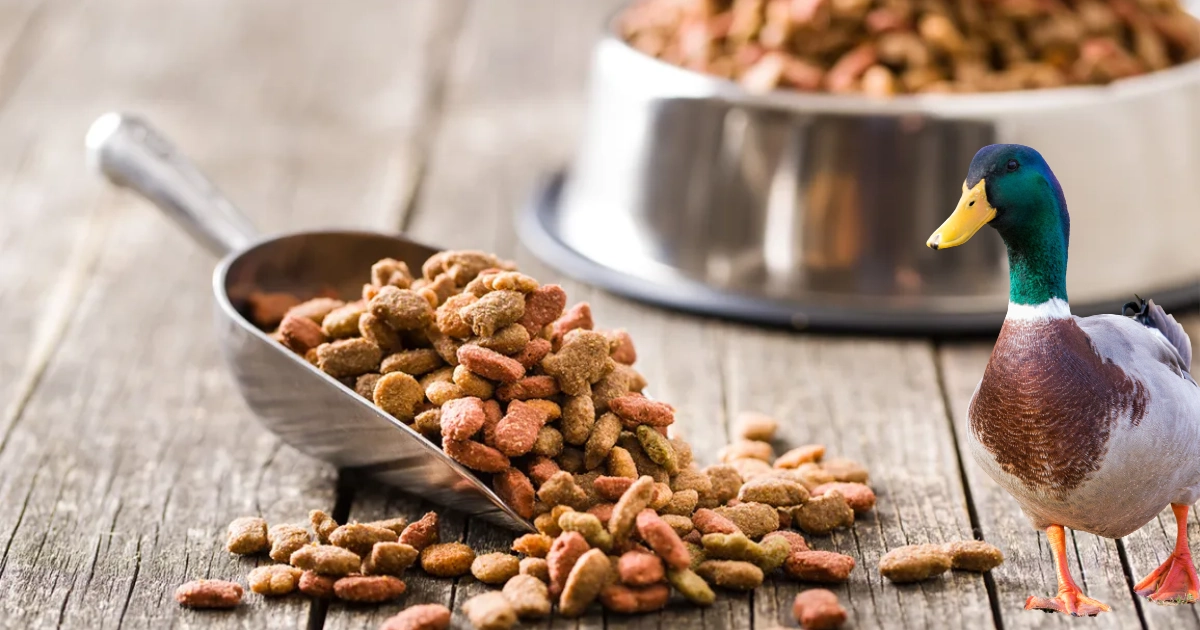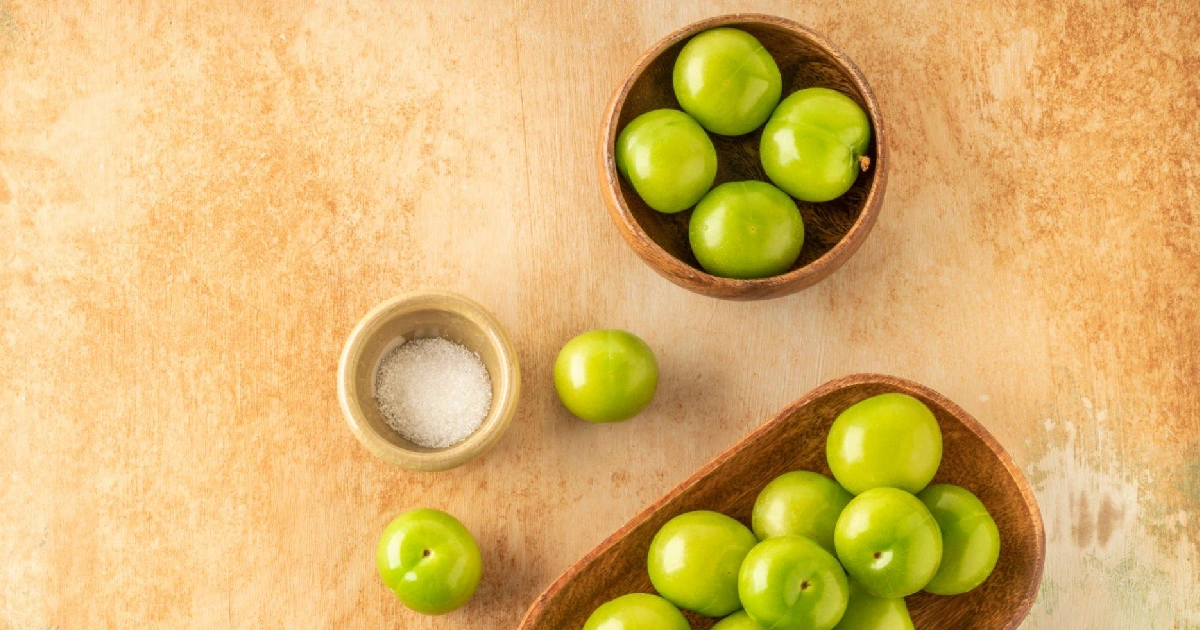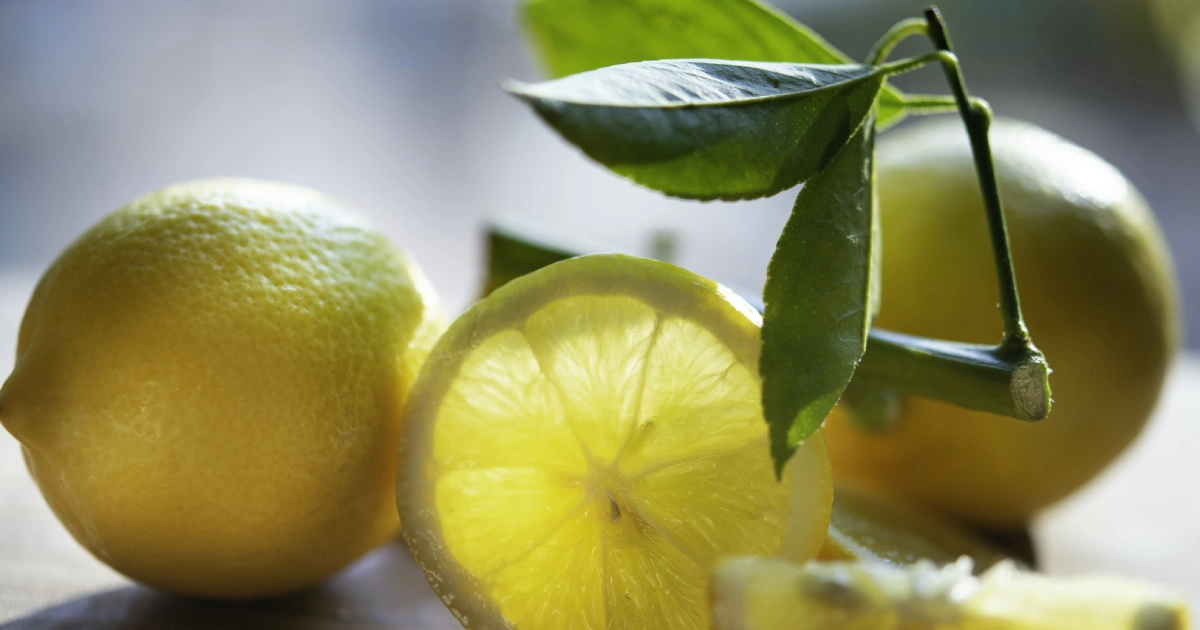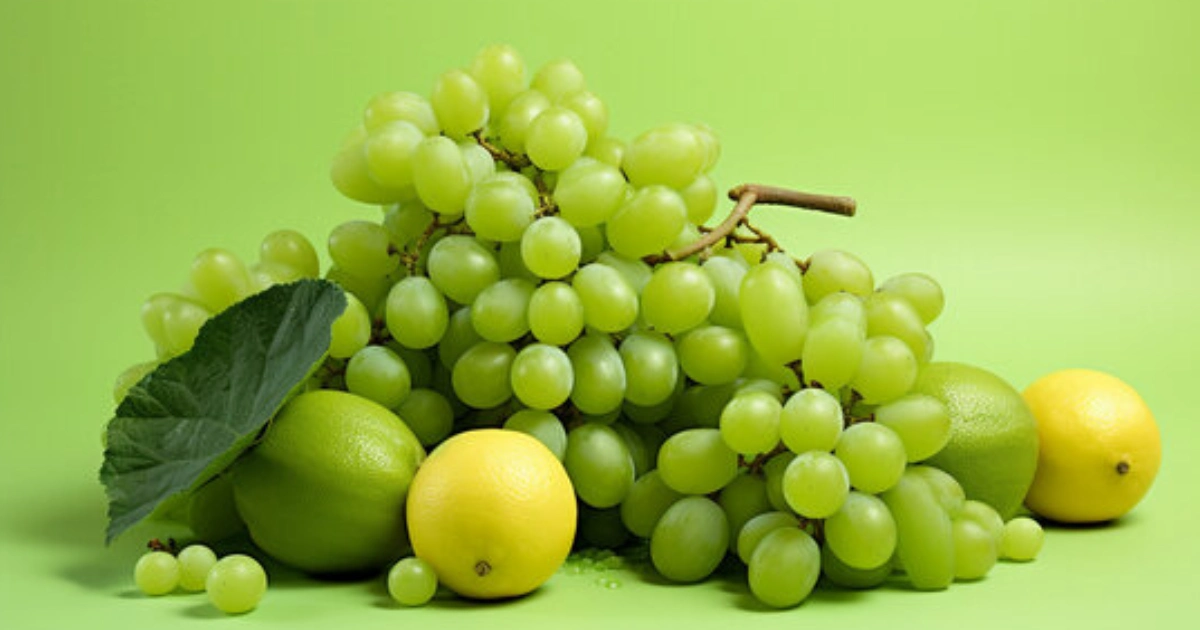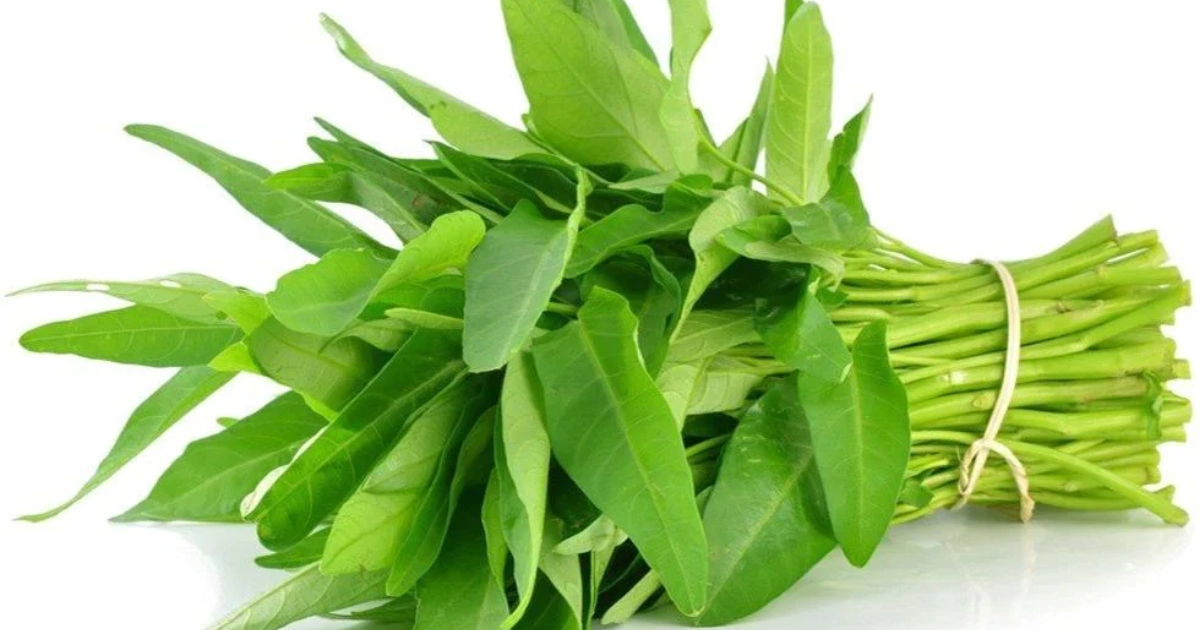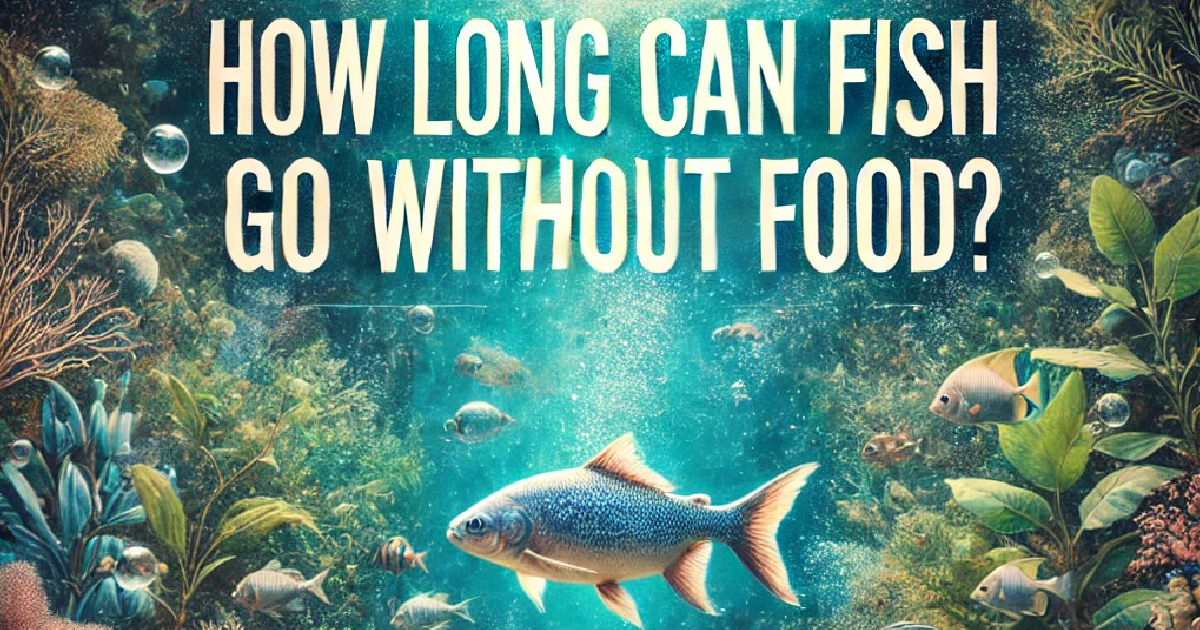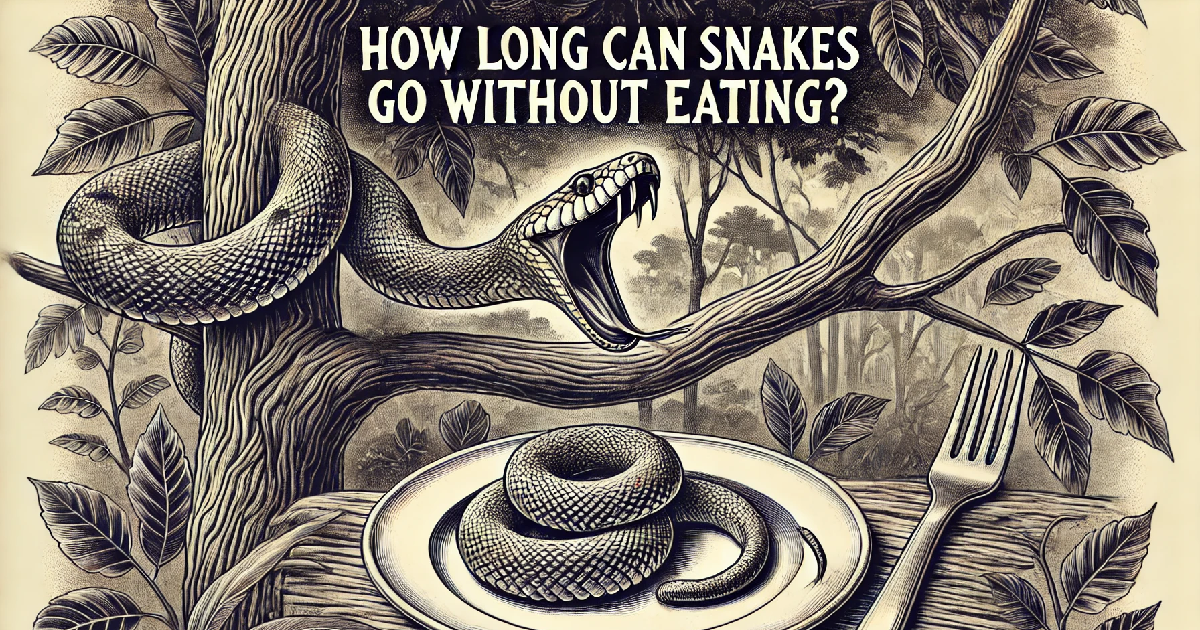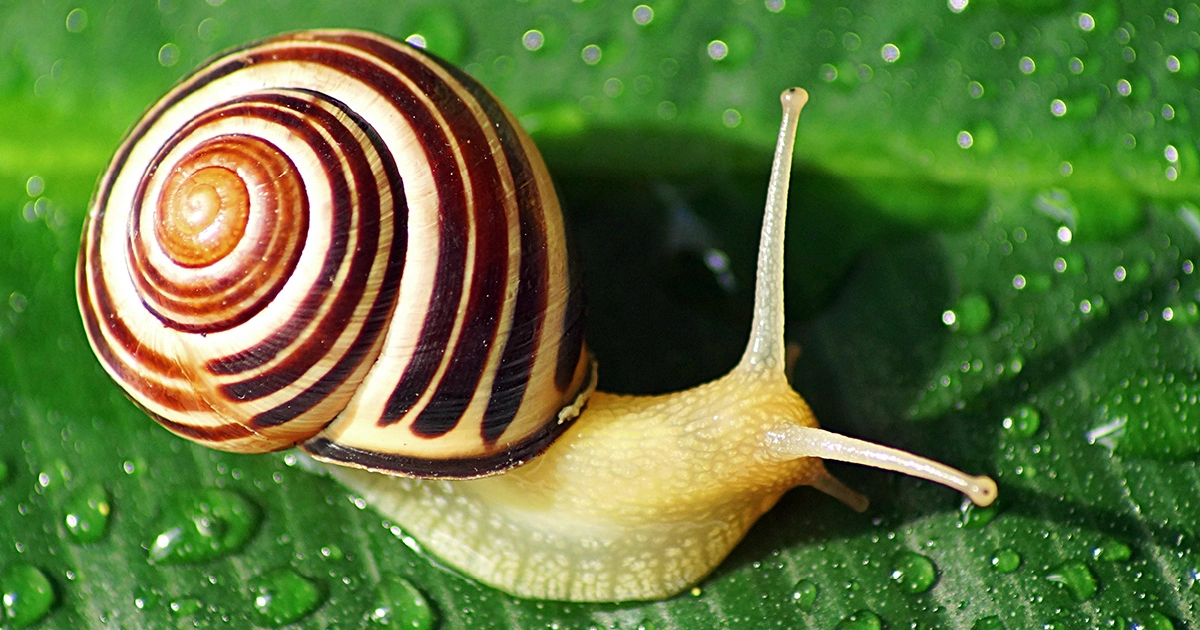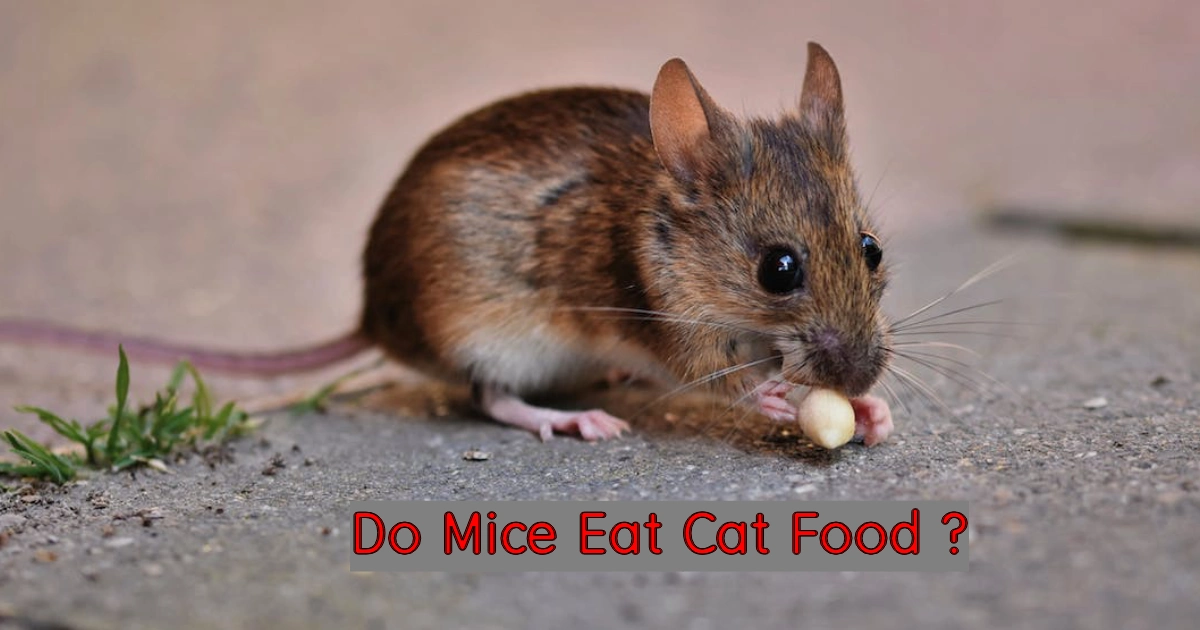Snails may seem like a simple, slow-moving creature with an unassuming life expectancy – but they have surprisingly long lifespans. Depending on the species of snail you’re talking about, their lifespan can reach up to 7 years! Sure, it may not sound imposing compared to some land animals living well into the double-digit age range – but for such tiny creatures, 7 years is an impressive feat. If people weren’t so quick to label snails as slimy pests in their gardens and yards, then more would know what fascinating lives these little molluscs lead – read on as we explore just how long snails live and their unique lifestyles!
An Overview Of Snail Biology
Snails often regard as slow-moving creatures, but there is so much more to their biology than meets the eye. These fascinating creatures belong to the phylum Mollusca, which comprises a wide variety of creatures ranging from octopuses to clams. Snails are characterised by their spiral shells and slimy mucus, which lubricate their movements and protect them from predators. Hermaphrodites include snails or those with both male and female reproductive organs. This enables them to mate with another snail, resulting in significant genetic diversity within populations. Overall, the biology of snails is incredibly diverse and complex, making them a genuinely intriguing and unique organism.
How Long Do Snails Live
Did you know that the life span of a snail dramatically depends on its species and living conditions? Garden snails, for instance, have been known to live for up to 15 years in captivity, while their wild counterparts only live for a fraction of that time due to threats from predators and other environmental factors. Other types of snails, like sea snails, can live for as long as 25 years! Understanding the factors affecting a snail’s health and well-being can help ensure that your slimy friend lives a long and happy life. So if you’re a snail enthusiast, be sure to do your research and provide your shelled pet with the best possible living conditions.
Can Snails Feel Hunger?
Snails are fascinating creatures that are often misunderstood. People often wonder if they can feel hunger like other animals. While snails do not have stomachs or a complex digestive system like humans, they do have a unique way of sensing and responding to food. Snails have a keen sense of smell that helps them locate food, and they also have taste receptors on their tentacles that allow them to identify and differentiate between different types of plants. When a snail is hungry, it will release a mucus trail that helps it navigate towards food sources. So although snails may not feel hungry like we do, they do have a way of seeking out and responding to their need for food.
Do Snails Hibernate?
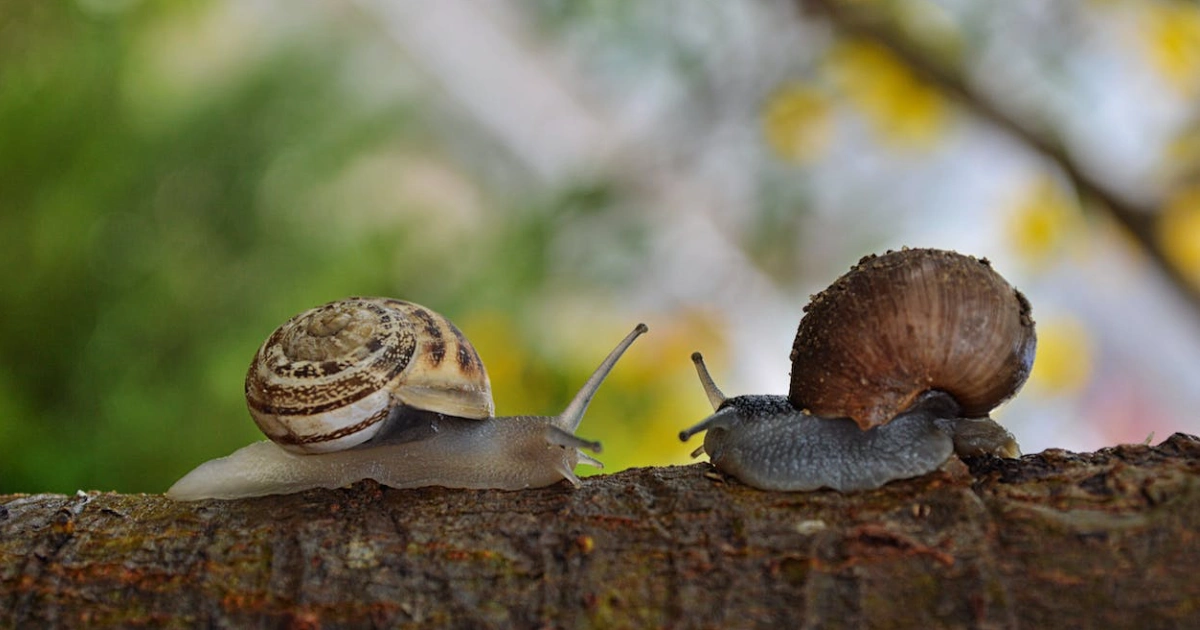
Aquarium snails are an exciting and often overlooked addition to any fish tank. As the seasons change, many pet owners may wonder if their snails hibernate as other creatures do. The short answer is yes, snails do hibernate, but it depends on the species and their conditions. While some freshwater snails, like apple and mystery snails, may go dormant during cold weather, others, like nerite and ramshorn snails, remain active year-round. Snails can hibernate for a few weeks to several months, depending on the climate, if they can find enough food, and whether the conditions are right for them to survive.
What Is The Nutritional Needs Of A Snail?
Have you ever wondered what snails eat and what their nutritional needs are? Snails are fascinating creatures that have a unique diet. They are herbivores that eat a variety of plant materials, including leaves, flowers, and vegetables. Snails require a balanced diet high in calcium, protein, and moisture, which helps them build and repair their shells, maintain their muscles, and stay hydrated. Calcium is essential for snails because it makes up many of their shells. Without enough calcium, their shells can become weak, and they are at risk of injury and disease. As for protein, it is essential for growth and repair, helping snails to regenerate tissue and maintain their body functions. Overall, a healthy and varied diet is crucial for the well-being of snails, just like it is for humans.
How Long Can a Snail Go Without Food?
Did you know snails can go without food for a fantastic amount of time? It’s true! With their slow and steady pace, these creatures can survive for up to a few weeks without food. Although they are known for munching on leaves and plants, snails can temporarily slow down their metabolic rate and conserve energy when food is scarce. This is a survival adaptation that they have developed over time. However, it’s important to remember that snails still require water to survive, so keep their habitats moist and humid. Overall, snails may seem like fragile creatures, but their adaptability and hardiness are something to marvel at.
How Long Can a Snail Go Without Water?
The answer to the question “How long can a snail go without water?” is not straightforward. It depends on various conditions, such as the species of the snail, the temperature, and the humidity of the environment it is in. However, snails generally survive for days to weeks without water. They can store water in their bodies and absorb moisture from their surroundings. Snails can even enter aestivation, a form of dormancy akin to hibernation that enables them to go for months without drinking water. Nonetheless, it is essential to keep in mind that snails still need water to thrive and stay healthy.
What Do Snails Eat As Pets?
If you’re considering snails as pets, knowing what to feed them is important. While snails are known for munching on garden plants, it’s important to avoid giving them anything treated with pesticides. Opt for leafy greens like spinach, kale, lettuce and fruits like apples and bananas. It’s also important to supplement their diet with calcium sources such as cuttlebone or crushed eggshells to promote shell growth and overall health. Just be sure to avoid feeding them any dairy products or salty foods, as these can harm their digestive health. By providing your snails with a balanced diet, you can ensure they thrive as fascinating and unique pets.
Snail Food
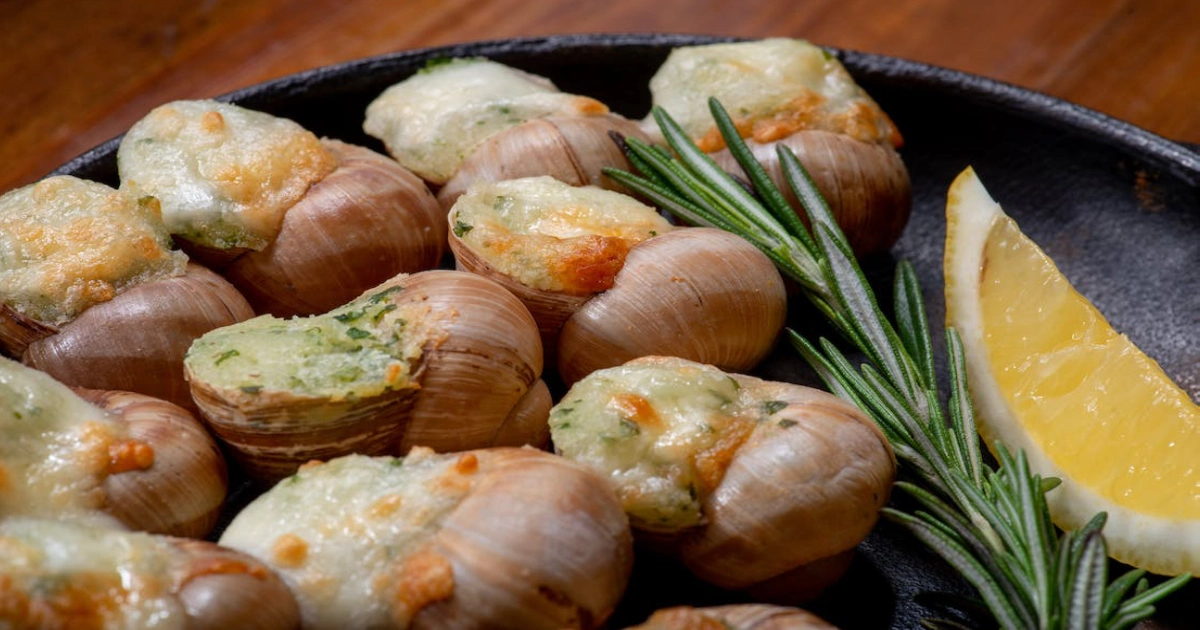
Snails are fascinating creatures that come in all shapes and sizes. While they may not be the first animal that comes to mind when considering a pet, they are low-maintenance and can be enjoyable companions in their own right. One of the most important aspects of caring for a snail is ensuring a varied and nutritious diet. So, what do snails eat? These gastropods are herbivorous creatures and enjoy munching on a variety of vegetables such as cucumber, lettuce, and spinach. They also enjoy fruits and can even have small amounts of dry cat food for protein. Keeping your snail’s diet balanced and varied is key to keeping them healthy and happy. Remember, snails require proper care and attention to thrive like any other pet.
What Is a Snail’s Favourite Food?
As you may already know, if you’re a snail owner, snails can be picky eaters. Although they are herbivores, they won’t necessarily eat every type of vegetable you put in front of them. So, what is a snail’s favourite food? The answer is not as straightforward as you might think. Some snails might prefer leafy greens like spinach or lettuce, while others might go wild over a slice of cucumber or zucchini. Surprisingly, snails can also eat some fruits, although not all. While they might munch on a piece of strawberry or watermelon, it’s best to avoid feeding them any citrus fruit or grapes as they can upset their stomach. As for meat, snails are not designed to eat, which can make them very sick, so it’s important to stick to a vegetarian diet for your slimy little friend.
Factors That Affect How Long Snails Can Survive Without Food
Snails are intriguing animals with a fantastic capacity for long survival periods without food. However, several factors can impact their ability to do so. One of the most important factors is the snail species, as each species has unique needs and tolerances. The snail’s age, the temperature and humidity of its surroundings, and the type and amount of food it consumed before going into a fasting state are other considerations. Understanding these factors is crucial for those who wish to care for and maintain healthy snail populations, whether in a domestic or natural setting.
Tips For Feeding Your Pet Snail
Even though feeding a pet snail could seem like a complex process, with the appropriate information, it can be enjoyable. Snails are quite content, munching on a variety of foods, from vegetables and fruits to even calcium supplements. Be sure to provide a shallow water dish for your snail to hydrate and soak in as they, please. It’s essential to avoid feeding your snail any sugary, salty, or acidic food, as these items can harm their health. With patience and research, you’ll be an expert in snail nutrition in no time. Your pet snail will thank you for the delicious and healthy meals you provide them.
Alternatives To Traditional Foods For Your Pet Snail
If you’re a proud pet owner of a snail, you’ve probably already figured out that they have specific dietary needs. Traditional foods like lettuce and cucumbers are always a safe choice, but have you considered any alternatives for your slimy friend? A few options include carrots, sweet potatoes, and even boiled eggs (if you’re feeling adventurous). Just do some research on those specific foods to ensure they are safe for your snail to eat. Mixing up the diet for your pet snail can keep them happy and healthy and add some variety and excitement to their daily routine.
How Long Do Snails Sleep?
When it comes to the sleeping habits of snails, you might be surprised to learn that they can sleep for as much as 13 to 15 hours a day. This is significantly more than most animals, including humans. Snails are known for their slow-paced, leisurely way of life, and it turns out that this also applies to their sleep schedule. Interestingly enough, researchers have found that snails can enter different levels of sleep, ranging from light dozing to deep slumber. It’s unclear why snails need so much sleep, but it’s likely related to their metabolism and energy needs. So if you ever find a snail lazily hanging out on a leaf or a rock, know there’s a good chance it’s deep in slumber.
Conclusion
All in all, snails are fascinating creatures with unique and complex biologies. While their nutritional needs may differ from other animals, they still require food and water to survive. So it is important to ensure your pet snail receives enough nutrients to keep them healthy and happy. Depending on the species of snail, you can provide traditional foods found in pet stores or look into alternative sources of nutrition. You can ensure a long and healthy life with proper care and attention to what your pet snail needs. Ultimately, understanding how long a snail can go without food can help you take better care of your pet, giving you more time to enjoy each other’s company!


